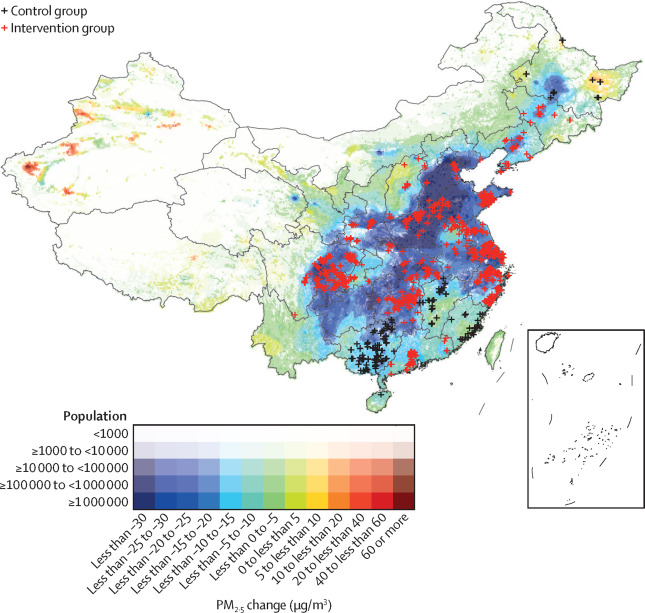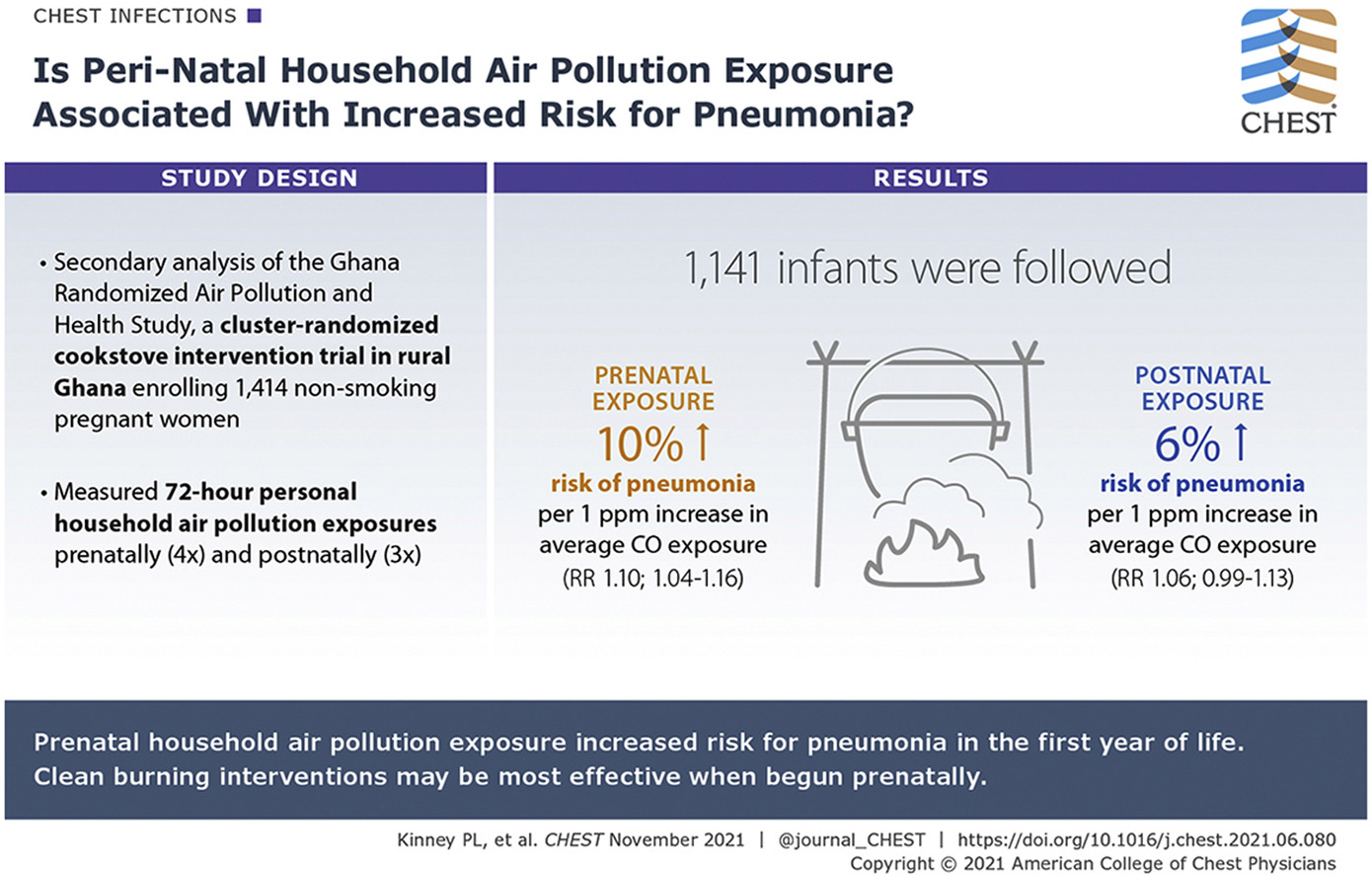In our quest for industrial progress and technological evolution, we often overlook the invaluable treasure that is clean air. Yet, air quality stands as a critical element in the tapestry of life, impacting not only human health but the broader ecosystem. Within the framework of the United Nations’ 2030 Agenda for Sustainable Development, this importance is crystallized in the Sustainable Development Goals (SDGs). Although clean air is not a stand-alone SDG, its relevance permeates through multiple goals, directly influencing their realization. For instance, SDG 3, which underscores the need for good health and well-being, is inherently tied to clean air. Polluted air, laden with particulates and toxins, contributes to a plethora of health conditions such as respiratory diseases, heart ailments, and even premature deaths. In developing nations especially, indoor air pollution, due to the burning of inefficient fuel for cooking and heating, poses grave risks. Thus, ensuring clean air is indispensable for achieving universal health.
Similarly, SDG 11, aiming at sustainable cities and communities, emphasizes the significance of air quality. Urban areas, with their heightened vehicular traffic and industrial activities, are often hotspots for air pollution. However, for cities to be truly sustainable, they must foster an environment where residents can breathe freely without the lurking threat of smog and pollutants. This means investing in green infrastructure, promoting sustainable public transport, and implementing stringent emission standards.
Furthermore, clean air intertwines with SDG 13, which focuses on climate action. Greenhouse gases, a subset of air pollutants, are catalysts for global warming and subsequent climate change. By curbing air pollution, we can concurrently mitigate the ill effects of climate change, preserving not just human health but also the health of the planet. Meanwhile, SDG 15, which revolves around life on land, also has clean air at its foundation. Polluted air can disturb natural habitats, adversely affecting flora and fauna. For instance, ground-level ozone, a byproduct of certain air pollutants, can be toxic to plants, hampering photosynthesis and thus stunting growth.
One cannot discuss the SDGs without mentioning the underlying theme of partnerships (SDG 17). Addressing air quality and its myriad challenges is not an isolated task. It necessitates the collaboration of nations, industries, civil societies, and individuals. Transboundary air pollution is a testament to this global interconnectedness. Emissions in one region can affect air quality in another, underscoring the need for international cooperation and holistic strategies.
While clean air might not explicitly be an individual SDG, its essence is intricately woven through multiple goals. Recognizing and acting upon this interconnectedness is pivotal. As we stride forward, envisioning a sustainable future, it is imperative to ensure that the very air we breathe, the invisible yet life-sustaining force, is given its due prominence in our developmental narratives. Only then can the promise of the SDGs transform into a palpable reality, fostering a world where every breath is a testament to progress and well-being.
As we progress through the 21st century, the health of our planet emerges as a pressing concern. Earth Day, celebrated globally on April 22, provides a vital platform for raising awareness about environmental issues and advocating for sustainable practices.
Earth Day: A Brief History
Background: Air pollution might accelerate cognitive ageing; it is unclear whether large-scale interventions, such as China's Clean Air Act (CCAA), can mitigate cognitive deterioration. We aimed to evaluate the effect of CCAA on changes in cognitive function in older adults. Methods: In this population-based, quasi-experimental study, we did a difference-in-differences analysis of the data collected during the 2014 and 2018 waves of the Chinese Longitudinal Healthy Longevity Survey (CLHLS).
Background: Nearly 40% of the world's population is exposed daily to household air pollution. The relative impact of prenatal and postnatal household air pollution exposure on early childhood pneumonia, a leading cause of mortality, is unknown. Research Question: Are prenatal or postnatal household air pollution, or both, associated with pneumonia risk in the first year of life? Study Design and Methods: The Ghana Randomized Air Pollution and Health Study enrolled 1,414 nonsmoking, pregnant women before 24 weeks’ gestation with prospective follow-up to the child's age of 1 year.
Background: Approximately 2·8 billion people are exposed to household air pollution from cooking with polluting fuels. Few monitoring studies have systematically measured health-damaging air pollutant (ie, fine particulate matter [PM2·5] and black carbon) concentrations from a wide range of cooking fuels across diverse populations. This multinational study aimed to assess the magnitude of kitchen concentrations and personal exposures to PM2·5 and black carbon in rural communities with a wide range of cooking environments.
Daniel A. Vallero, Chapter 13 - Air pollution control technologies, Editor(s): Daniel A. Vallero, Air Pollution Calculations, Elsevier, 2019, Pages 377-428, 9780128149348



